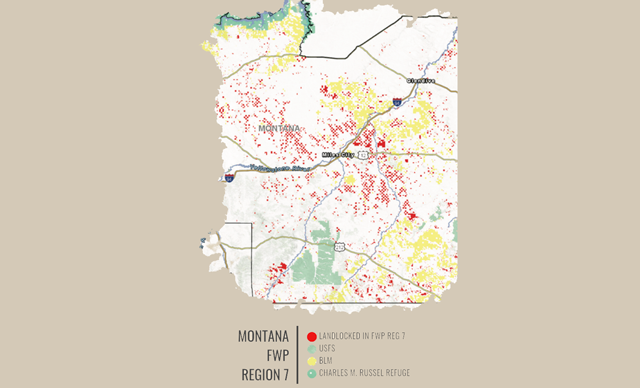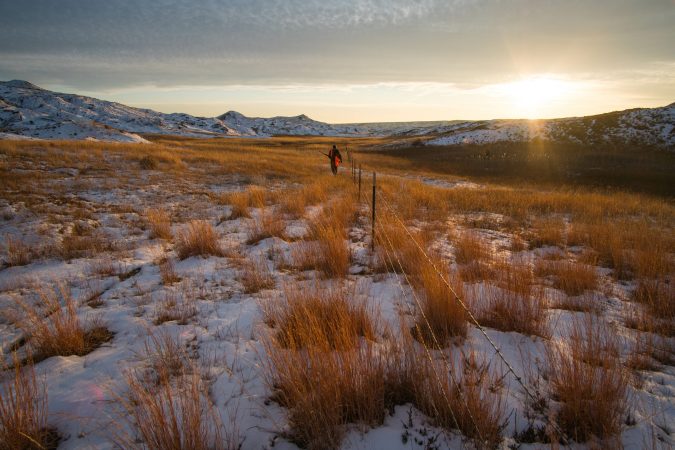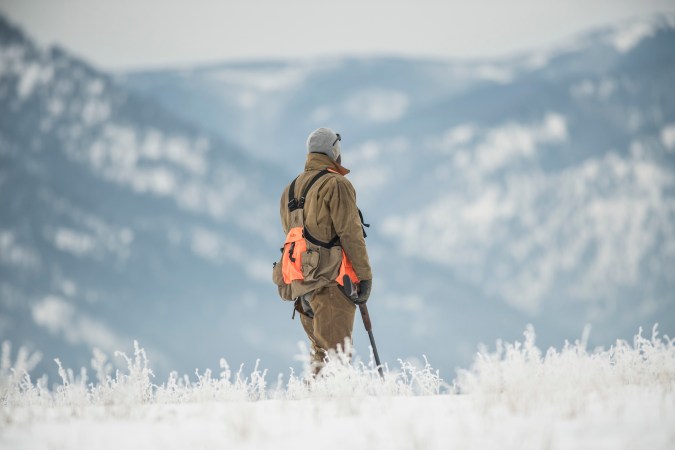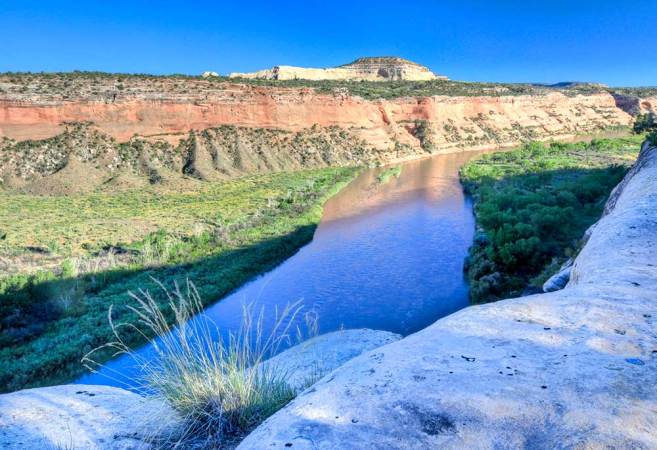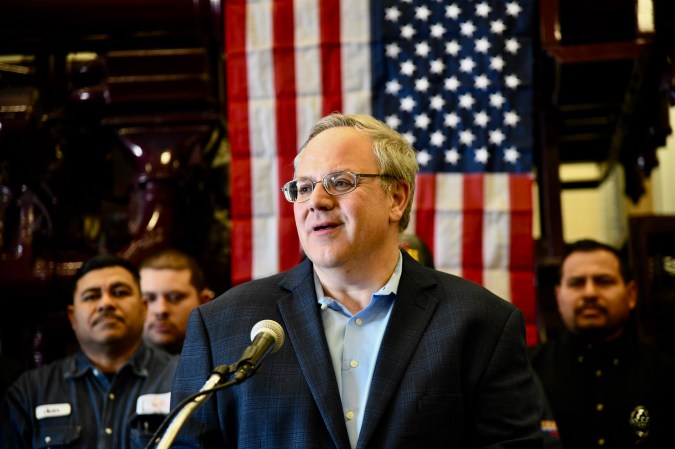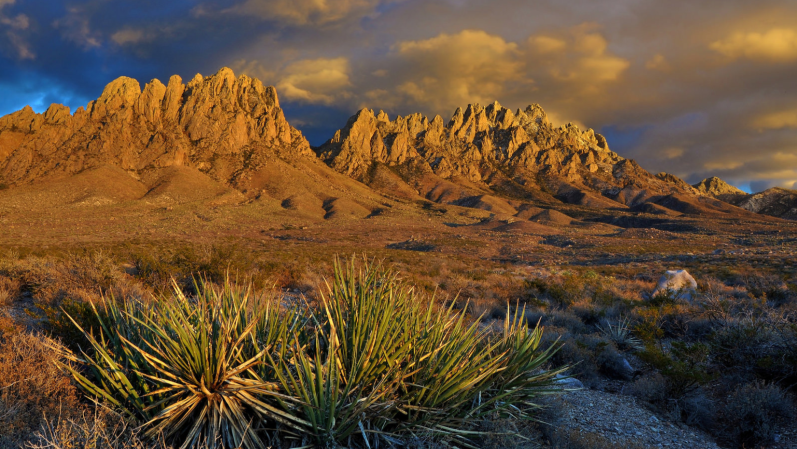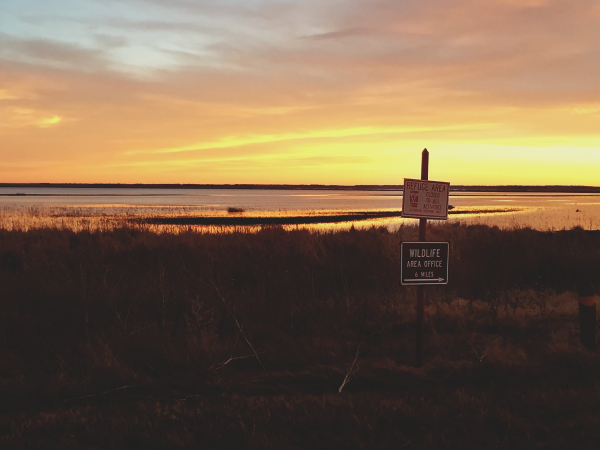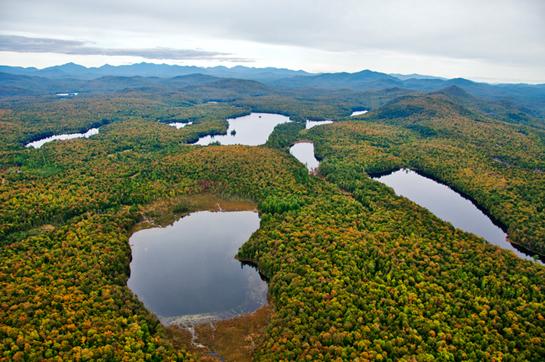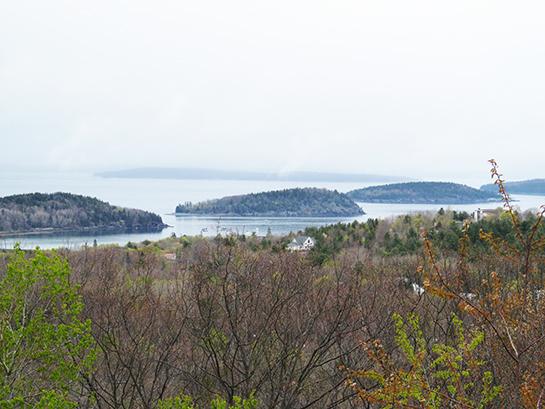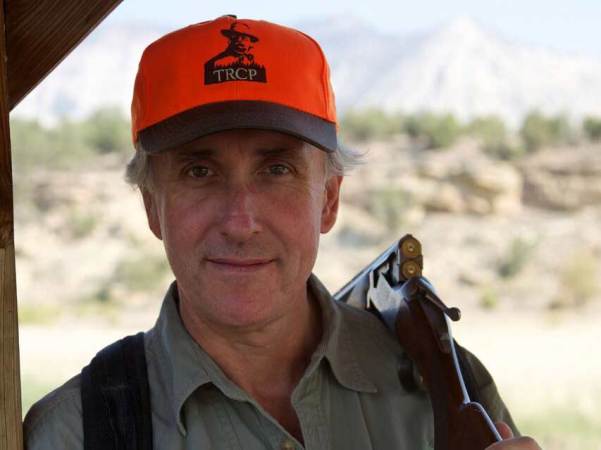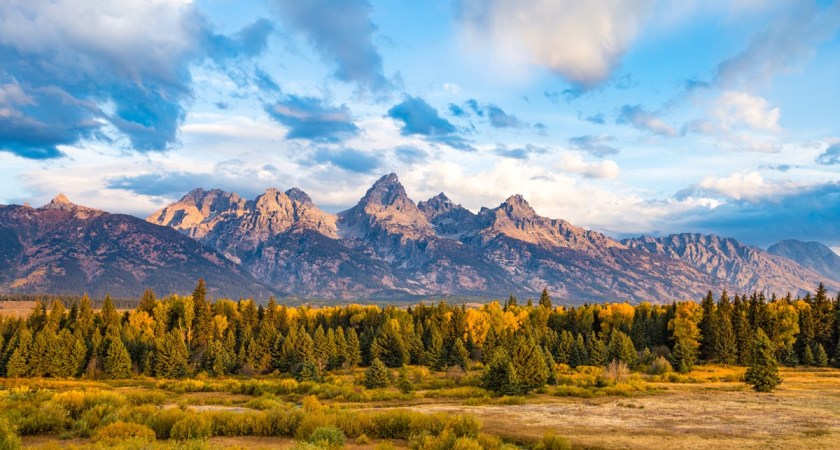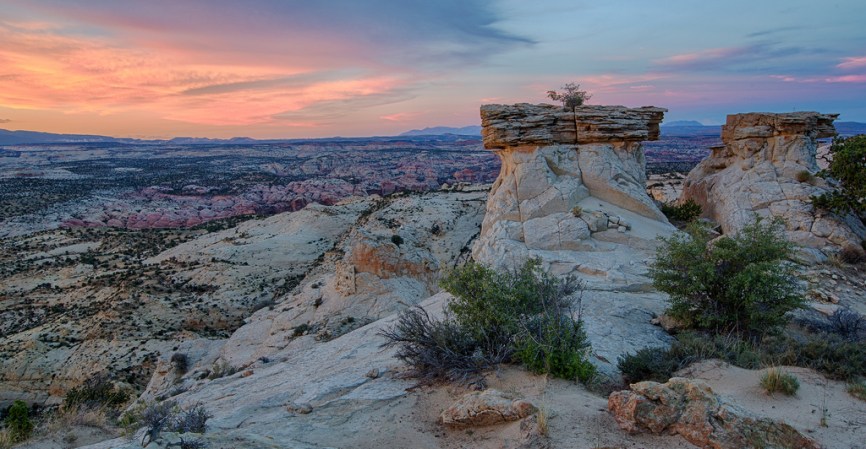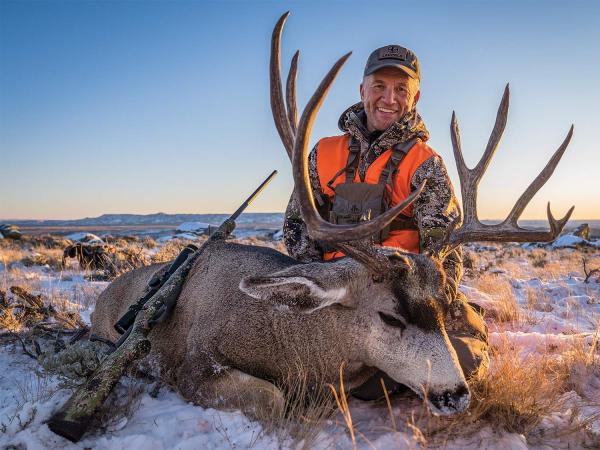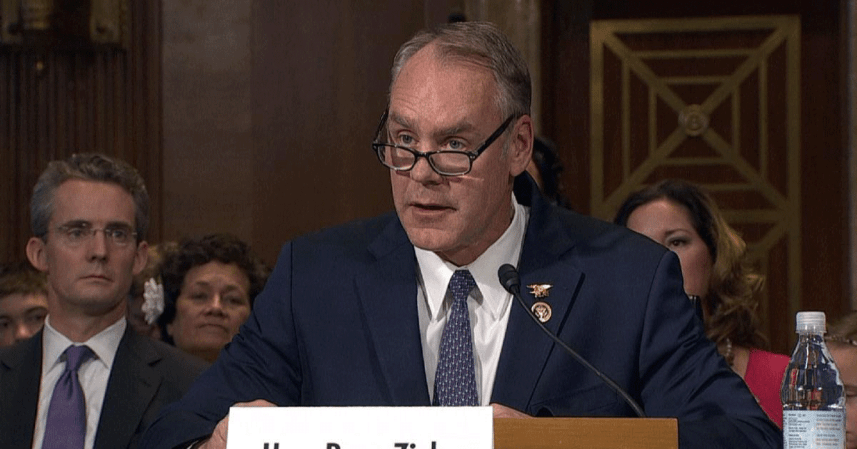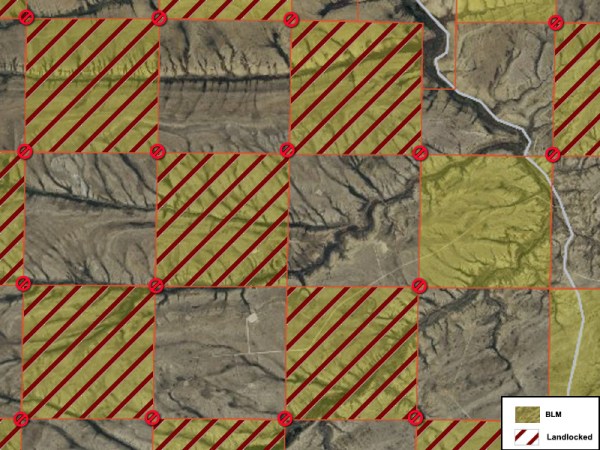Theodore Roosevelt Conservation Partnership and onX have found that nearly 10 million acres of public land are landlocked (meaning legally inaccessible except for by air) or could soon be landlocked.
These days, when access to open land is rapidly eroding, the news of off-limits public land is like the ticking of a doomsday clock for the future of hunting and fishing.
The report Off Limits But Within Reach details 9.5 million acres of “landlocked” public land in 13 western states.
The report comes as Congress plays a game of political chicken with the Land & Water Conservation Fund, America’s most successful program for securing conserving wildlife habitat and outdoor access. The LWCF is set to expire on Sept. 30 if Congress does not reauthorize it.
TRCP is a national partnership of hunting and fishing organizations. OnX is a map app that identifies public lands and private land ownership. It was designed specifically for hunters.
The engineers at onX used digital mapping technologies to analyze public land across the country. They found 9.52 million acres were surrounded by private ground, putting access at the whim of neighboring landowners.
For context, 9.5 million acres is about the size of four Yellowstone National Parks.
By far, most of the landlocked public lands were under the management of the Bureau of Land Management. These lands tend to be arid rangelands of the Great Basin and Great Plains. These lands are cherished habitat for big game including mule deer, elk, pronghorn, as well as upland game like sage and sharptail grouse.
“We approached this project hoping to do more than just tick down the days before LWCF expires—we wanted to give decision makers specific data on a big access challenge that can only be solved with LWCF, which has so much bipartisan support,” says Joel Webster, Director of TRCP’s Center for Public Lands. “Knowing now that there are millions of acres of public lands already out there in need of access solutions, lawmakers can stand up for LWCF as a tool that can also help us utilize the lands that we already have.”
Here’s how the landlocked public property broke down state-by-state.
- Arizona: 243,000 acres
- California: 492,000 acres
- Colorado: 269,000 acres
- Idaho: 208,000 acres
- Montana: 1,523,000 acres
- Nevada: 2,054,000 acres
- New Mexico: 554,000 acres
- North Dakota: 107,000 acres
- Oregon: 443,000 acres
- South Dakota: 196,000 acres
- Utah: 264,000 acres
- Washington: 121,000 acres
- Wyoming: 3,046,000 acres
For additional background information about LWCF and how it benefits hunting and angling check out this site from TRCP.
And this one from Backcountry Hunters & Anglers
